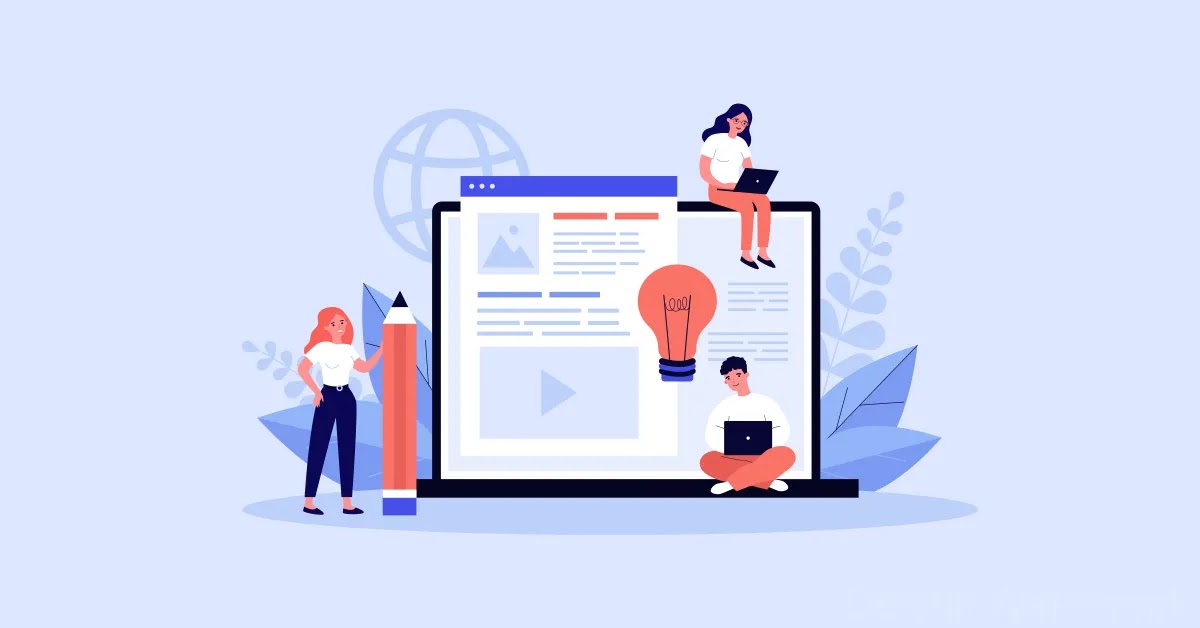After creating a blog on Blogger, setting up basic configuration for your website is very important to optimize user experience and ensure your blog works well. In this article, we will learn the necessary steps to set up basic website configuration on Blogger, from customizing the domain name, to SEO and security settings.
1. Customize Blog Title and Description
A blog’s title and description are the first elements that users and search engines will see. The blog title should be clear and the description should cover the main content of the blog.
- Go to Blogger, select your blog, and go to “Settings”.
- In the “Basic” section, you’ll see options to enter a title and description for your blog.
- Enter a title that matches your blog content and write a short, concise yet meaningful description.
- Click “Save” to save the changes.

2. Set Up a Custom Domain Name
Using a custom domain name makes your blog more professional and easier to remember. Blogger allows you to use your own domain name instead of the .blogspot.com subdomain.
- Go to “Settings” and scroll down to the “Publishing” section.
- Click “Set up a third-party URL for your blog” to add a custom domain.
- Enter a domain name that you purchased from a domain name provider like GoDaddy, Namecheap, or Google Domains.
- Follow the steps to validate the domain name according to Blogger’s instructions (usually setting up DNS).
- Click “Save” to complete the setup.
3. Optimize SEO Settings
To ensure that your blog is optimized for search engines, configure basic SEO settings like search descriptions, custom permalinks, and HTTPS redirects.
- In the “Settings” section, scroll down to “Search preferences.”
- Enable search description and enter a short description of the blog, containing your main keyword.
- In the “Permalinks” section, select “Custom permalinks” so you can create a short, SEO-friendly URL for each post.
- Make sure you’ve enabled HTTPS in the “Security” section for added security and priority from Google in search results.
4. Customize Interface and Layout
The look and layout of your blog plays an important role in creating the first impression on readers. Blogger offers many interface templates that you can customize as you like.
- Go to the “Theme” section and choose a theme that matches your blog’s style.
- Click “Customize” to edit colors, fonts, and other interface elements.
- In the “Layout” section, you can add, remove, or move widgets such as search bars, article lists, and social links.
- Click “Save” to save the changes.
5. Integrate Google Analytics Tool
Tracking traffic and user behavior on your blog is an important part of content optimization and blog development strategy. Google Analytics is a free tool that helps you do this.
- Create a Google Analytics account at Google Analytics.
- After creating an account, you will receive a tracking code.
- Go to Blogger, go to “Settings”, and scroll down to the “Google Analytics” section.
- Paste the tracking code into the corresponding box and click “Save”.
6. Privacy Settings
If you want your blog to be available only to a specific group of readers or don’t want it to be made public immediately, you can set up blog privacy.
- Under “Settings,” scroll down to “Privacy.”
- You can select “No” under “List your blog on Blogger” and “Allow search engines to find your blog” so that your blog is not publicly visible.
- In the “Permissions” section, you can limit the number of readers or allow only invited people to view the blog.
Tips for Optimizing Blog Configuration on Blogger
- Guaranteed HTTPS: Don’t forget to enable HTTPS to increase the security and SEO of your blog.
- Optimize permalinks: Create URLs that are short and contain main keywords to increase search engine rankings.
- Track traffic: Use Google Analytics to capture user behavior and optimize content accordingly.
Set up Blogger configuration
Setting up basic website configuration on Blogger is an important step in optimizing your website for SEO and user experience. By following the steps above, you will be able to create a more professional, manageable, and effective blog. Hopefully with these instructions, you will easily configure and manage your blog on Blogger. Wish you success!

